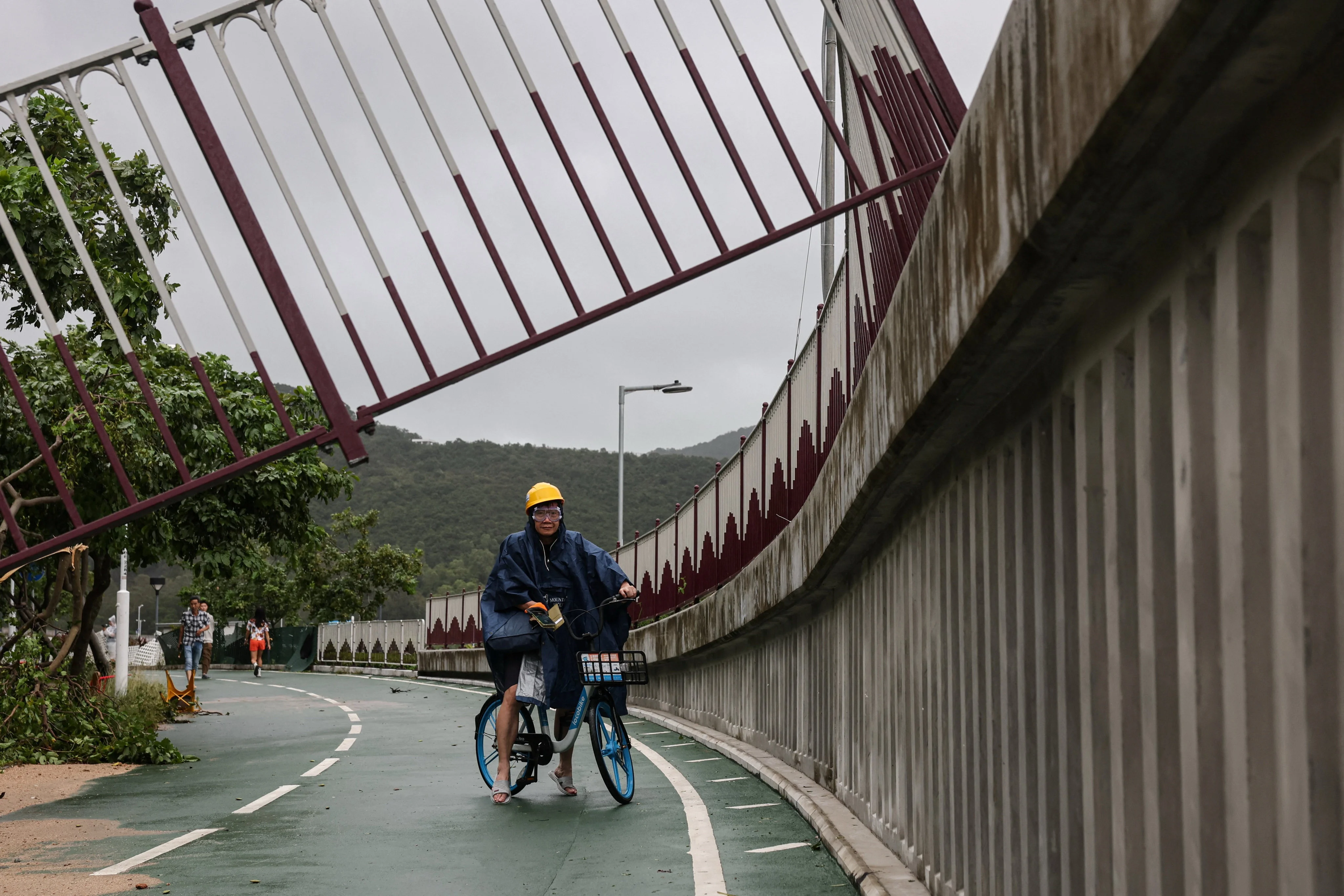By Alice Wu
Copyright scmp

Last week, Hong Kong braved the strongest storm of the year in the world as Super Typhoon Ragasa ripped through the city as well as the Philippines, Taiwan, Macau and coastal mainland China, causing havoc.
Compared with the devastation caused by Super Typhoon Mangkhut in 2018, Hong Kong did well this time. Mangkhut sank boats, damaged infrastructure, left roads strewn with debris, injured hundreds of people and caused economic losses estimated at HK$4.6 billion (US$591.3 million). Economist Simon Lee Siu-po estimates losses from Ragasa at HK$2-3 billion, around half the damage done by Mangkhut. Lee says better preparations by the city helped reduce losses.
Credit must be given where it is due. Having learned lessons from Mangkhut, the government had already put together a steering committee on handling extreme weather. It did a good job with Ragasa, especially when it came to preparing the public ahead of the storm. The 36-hour grounding of flights was clearly communicated, with the airport remaining open and ready to shelter and care for stranded travellers.
Suspension of school was announced ahead of time as opposed to the usual practice of making announcements on the morning of the suspension. Drainage services had worked around the clock to clear drains in areas prone to flooding.
A little more than two months ago, the committee came under significant criticism for cancelling classes ahead of tropical cyclone Danas in anticipation of a projected fifth-largest daily rainfall that never materialised. The fact that it happened to be the last day of school for many students was unfortunate. Weather remains notoriously difficult to predict, even with today’s technological capabilities.
The fact that most parts of the city were able to resume business and school hours after Ragasa is a testament to the efforts of many people working quietly behind the scenes and around the clock as part of the city’s emergency response. While many of us waited out the storm in the comfort of our homes, these people were braving the elements, clearing debris and more.
It is also proof of Hong Kong’s strength and the confidence in our overall infrastructure. While the government of neighbouring Macau asked residents to stockpile three days’ worth of food and water, and Shenzhen was preparing to evacuate 400,000 people from flood-prone areas after that city’s observatory issued a “disastrous calamities” warning, Hong Kong remained relatively calm and there were no widespread power outages.
Considering the images we have seen from the storm – giant waves crashing ashore, knocking storm watchers off their feet and smashing through a hotel lobby – it would be a step too far to say the city was “spared” by Ragasa. The forces of nature are fierce, uncontrollable and not to be underestimated.
Also, as much as we were prepared for the storm, we saw some people engaging in foolish behaviour, risking their lives and those of their family. Even after news emerged that a mother and her five-year-old son were swept into the sea while watching the waves – resulting in both being placed in intensive care – there were still a foolish few who failed to get the point.
Having the freedom to tempt fate and believing in one’s own sense of invincibility is one thing, but the problem is that sort of behaviour puts those who come to one’s rescue at unnecessary risk. Police have already arrested two women for allegedly bringing an eight-year-old boy to take selfies and film the stormy seas while the No 10 signal was in effect.
Secretary for Security Chris Tang Ping-keung has already said the government will consider new legislation to curb storm chasing. Lawmaker Doreen Kong Yuk-foon has already expressed her support for it. If the government is serious about this, it should make sure to enact sufficiently strong deterrents – a fine lower than that given for littering would have little impact.
Meanwhile, there is much work to do to prepare for the rising threat of extreme weather. Former observatory director and meteorologist Lam Chiu-ying has questioned the wisdom of allowing development close to the coastline. Requirements and regulations for structures vulnerable to severe weather need to be revisited.
Storms come and go. Hong Kong was both lucky and well prepared for Ragasa, but every storm has lessons to better prepare us for the next.



